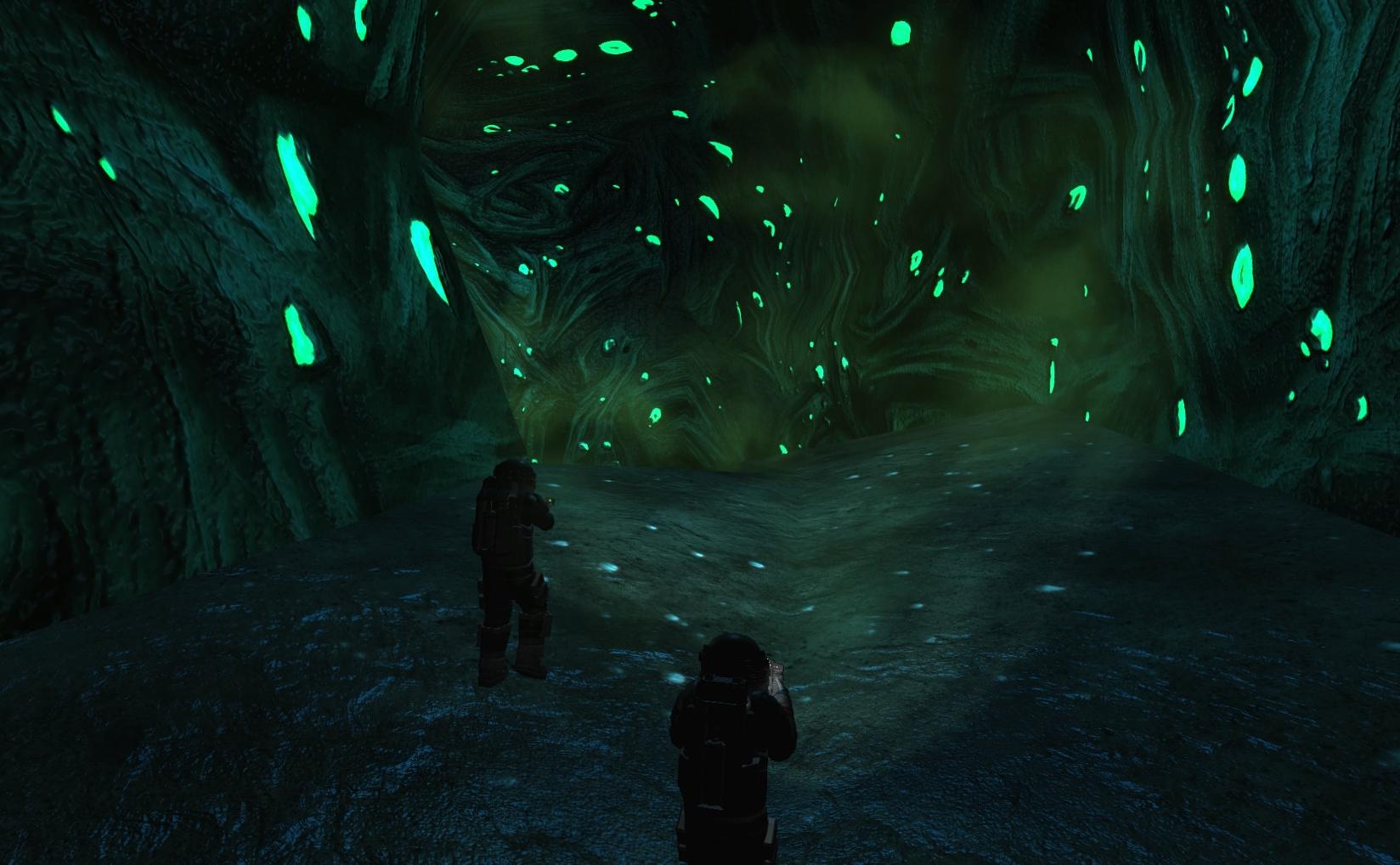

Two years ago, an international team of astronomers found that black holes in young galaxies in the early Universe were more massive than this ratio would indicate. In the nearby Universe, there is a direct relationship - a constant ratio - between the masses of the black holes and that of the central "bulges" of the galaxies, leading them to conclude that the black holes and bulges affected each others' growth.

Supermassive black holes lie at the cores of all "full-sized" galaxies. "This galaxy gives us important clues about a very early phase of galaxy evolution that has not been observed before," said Amy Reines, a Ph.D. Irregularly shaped and about 3,000 light-years across (compared to 100,000 for our own Milky Way), it resembles what scientists think were some of the first galaxies to form in the early Universe. The galaxy, called Henize 2-10, 30 million light-years from Earth, has been studied for years, and is forming stars very rapidly. Finding a black hole a million times more massive than the Sun in a star-forming dwarf galaxy is a strong indication that supermassive black holes formed before the buildup of galaxies, the astronomers said. The surprising discovery of a supermassive black hole in a small nearby galaxy has given astronomers a tantalizing look at how black holes and galaxies may have grown in the early history of the Universe. Surprise: Dwarf Galaxy Harbors Supermassive Black Hole


 0 kommentar(er)
0 kommentar(er)
